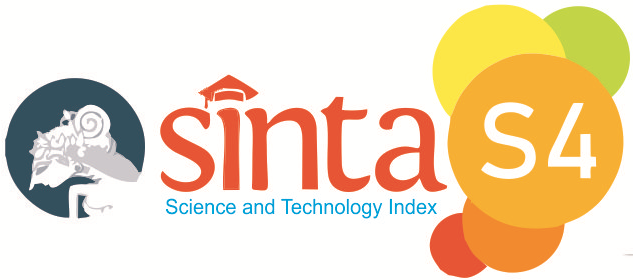DEVELOPMENT OF MATHEMATICAL COMIC LEARNING MEDIA (KOMAT) BASED ON STUDENT’S MATHEMATICAL CONNECTION ABILITIES
DOI:
https://doi.org/10.32332/linear.v5i1.8788Keywords:
Mathematical Connection Ability, Comics, Development Learning MediaAbstract
The aims of this study were 1) to develop mathematical comics based on mathematical connection skills, 2) to find out student’s responses to mathematical comics based on mathematical connection abilities. This research uses research and development procedures (Research and Development) or R&D. The model used in this study is the 4-D development model which consist of four stages of development, namely the define stage, the design stage, the develop stage, and the disseminate stage. The product trial subjects in this study were 29 students of grade VIII junior high school. The result of the study showed that the developed Mathematical Comics (KOMAT) met the criteria for being used as learning media. This can be seen based on the validation result of material experts of 3,35 with very suitable criteria for use, and media expert validation of 2,95 with appropriate criteria for use. On the result of product trials on students, based on the result of the questionnaire responses of students to the attractiveness of math comic learning media (KOMAT) it was obtained an average of 3,19 with attractive criteria. So it can be concluded that the mathematics comic learning media (KOMAT) based on students’ mathematical connection abilities is feasible and interesting to use in school learning.

















